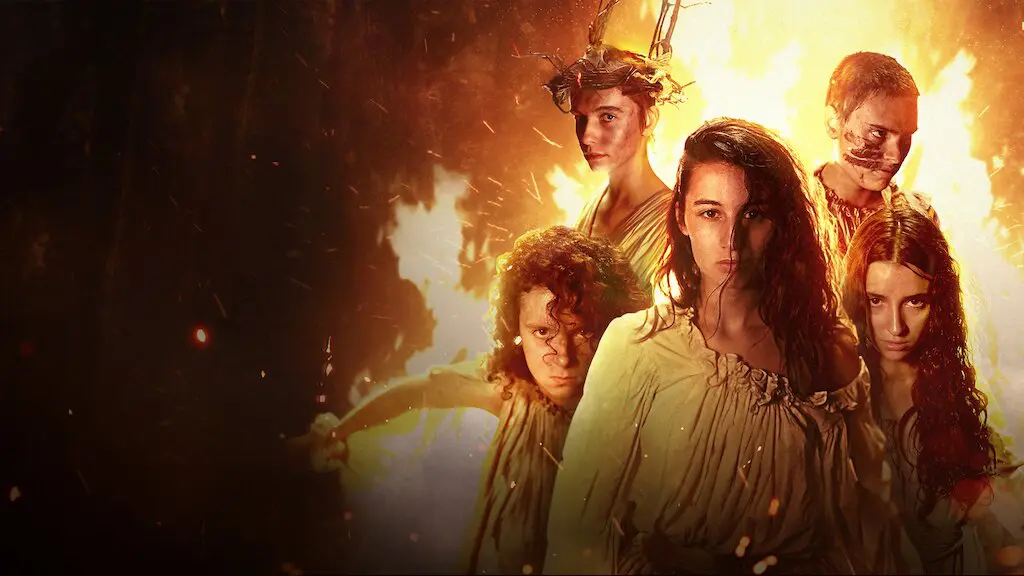Coven of Sisters imagines Basque Country, 1609, to be riddled with evil, so when Ana and her village girls were found dancing in the night, there was only one explanation — they are witches.
When an inquisitor visits the village, the girls are arrested and placed in a small cell, where their minds are tortured with questions and quips. There is no right answer. If they deny witchcraft or the devil, it’s an attempt to lie. If they look at the inquisitor, they are trying to bewitch him.
This is a typical, tragic story of the execution of witches based on an undying belief that the devil was trying to infiltrate the lands.
Once the girls catch on that the inquisitor wants to see undeniable proof of the ritual of Sabbath, they each plan what they are going to say and do. Ana is the most convincing; she manages to seduce the inquisitor, using her beauty and gazing eyes to reel him in.
Eventually, she pretends to be overwhelmed by Lucifer and repeats sexual moans that get louder. The priest and the inquisitor’s scribe are horrifically disturbed, but the act ironically bewitches the inquisitor.
Coven of Sisters demonstrates how powerful belief can become performative; Ana and her friends became so enthralled by pretending to be witches that they became them, but ideologically, rather than literally.
The Netflix film becomes a convention of belief rather than an arena of proof. Both sides are playing their roles, brainwashed by a single idea that witchcraft exists.
There are also strong suggestions that the inquisitor is Lucifer; the more he’s absorbed, the more he becomes complicit in the idea of witches, and the concerns of the peers are telling.
In the end, the inquisitor announces that the girls are guilty and that they will be burned on the stake, but before he carries out the execution, he wants to see the Sabbath ritual. His curiosity has become his own enclosed evil.
The inquisitor shackles the girls in chains and brings them to a fire during a full moon, surrounded by animals, food, and objects that the girls described in their investigations. Ana leads the singing and dancing that gets louder with each verse. Eventually, the inquisitor becomes so enthralled by the dancing and singing, it becomes euphoric, as he joins them in a circle — the girls gather around him, feeling him up, and he embraces it.
The inquisitor’s peers are understandably concerned. Coven of Sisters becomes a circle of the brainwashed; euphoria is mistaken for witchcraft. The director is claiming that the visual cues, ambiance, and singing led to this experience.
The girls run away in their shackles and end up on the cliff edge. Ana tells her girls that they must fly. The camera pans to the inquisitor who says “fly”, and when it reverts to the cliff edge, the girls are gone. In the end, even the girls believed they were witches.
Of course, they did not fly — everything is about perspective and belief in Coven of Sisters — the ending highlights how strong suggestion can be when coupled with belief.
The ending brings an ironic tale — the inquisitor believed wholeheartedly in witchcraft, and the experiences the girls went through were so strong that they succumbed to that belief too.




